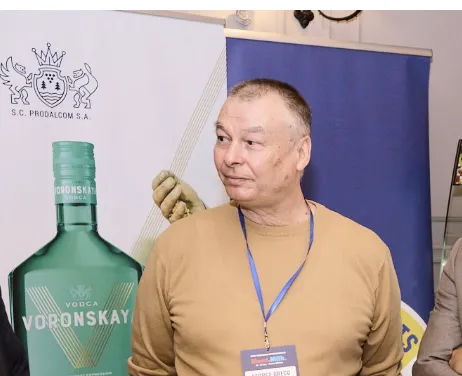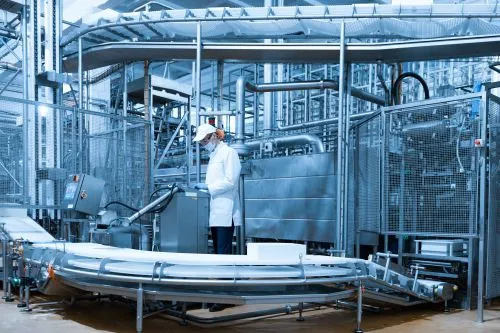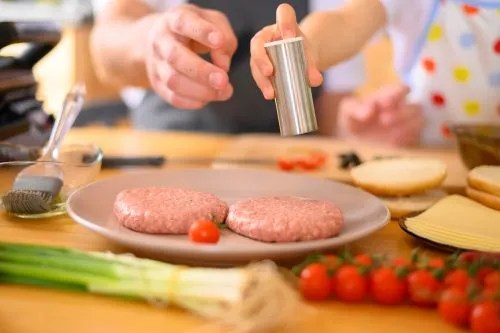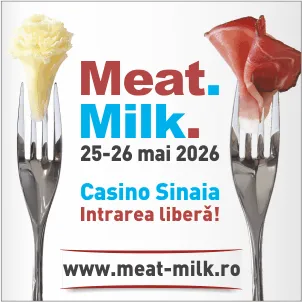388

Poultry meat remains one of the most competitive segments of the European food industry, due to low production costs, short growth cycles, and stable consumer demand. Eurostat data from 2024 indicate a total output of more than 13.5 million tonnes in the European Union, representing around one-third of total meat production. At the same time, annual per capita consumption in the EU stands at 23–24 kg, according to the European Commission, keeping the sector in a zone of moderate stability, although with significant regional variations.
A central factor in competitiveness is production cost. OECD analyses show that feed accounts for approximately 60% of the total cost, meaning that volatility in grain prices directly affects final prices. European farms are investing in technologies to optimize feed conversion, reduce energy consumption, and increase process automation, especially in climate control and the monitoring of growth parameters. These investments are considered essential for maintaining margins in the context of rising operational costs overall.
Biosecurity remains a major differentiating factor in 2025. EFSA reports that farms implementing comprehensive control protocols—separate operational flows, restricted access, standardised disinfection, continuous monitoring—reduce the risk of disease outbreaks by more than 50%, a key aspect following recent waves of avian influenza. The European Commission recommends strengthening controls throughout the entire logistics chain, including transport, to prevent transmission between farms and stabilise production during periods of elevated risk.
Competition from imports from third countries, especially Brazil and Thailand, remains a sensitive issue. Although these countries have lower production costs, EU standards on animal welfare, hygiene, and traceability limit access for non-compliant products, maintaining a high level of consumer confidence in European production.
In Romania, the poultry sector remains one of the most competitive areas of the food industry. Performance depends on farm modernization, improved energy efficiency, and the adoption of digital monitoring systems. Access to the European market and stronger relationships with modern retail depend on full traceability, sanitary stability, and strict control of production parameters.
(Photo: Freepik)





